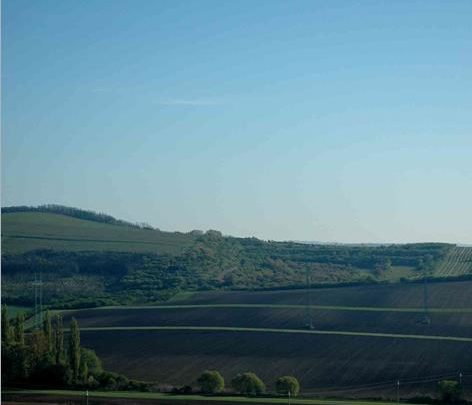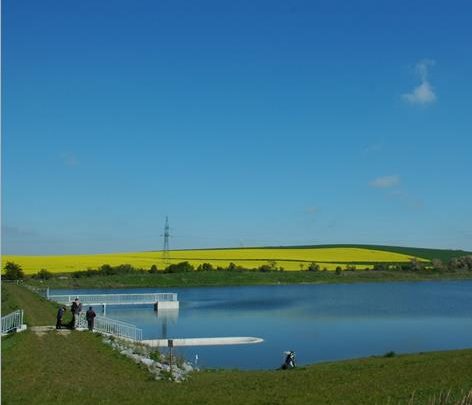Creation and maintenance of retention areas in urban areas
Retention areas should be placed in the lowest points of urban areas. Surface drainage must ensure that water is diverted towards these areas – preferably on the surface (hollows, streets etc.). Receiving waters and soil needs to be protected from pollution. The realisation of central retention areas is greatly dependent on available space and the…







